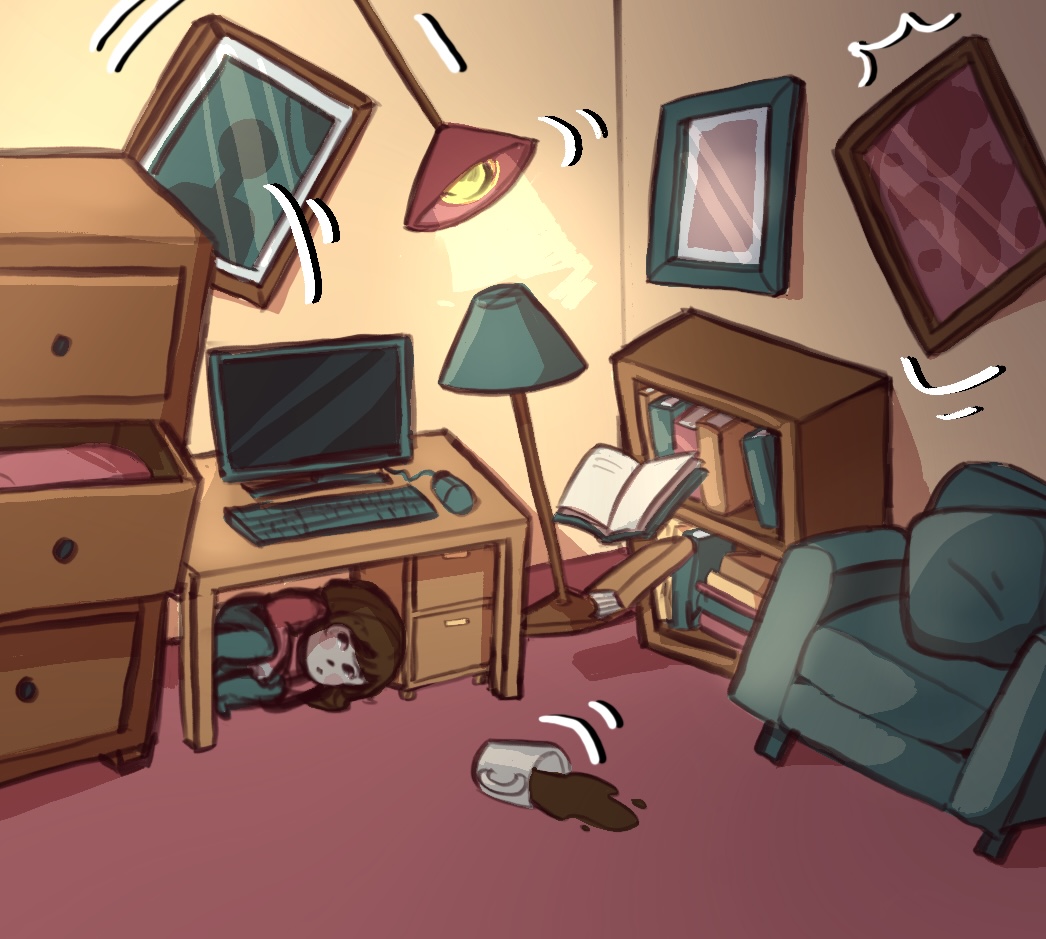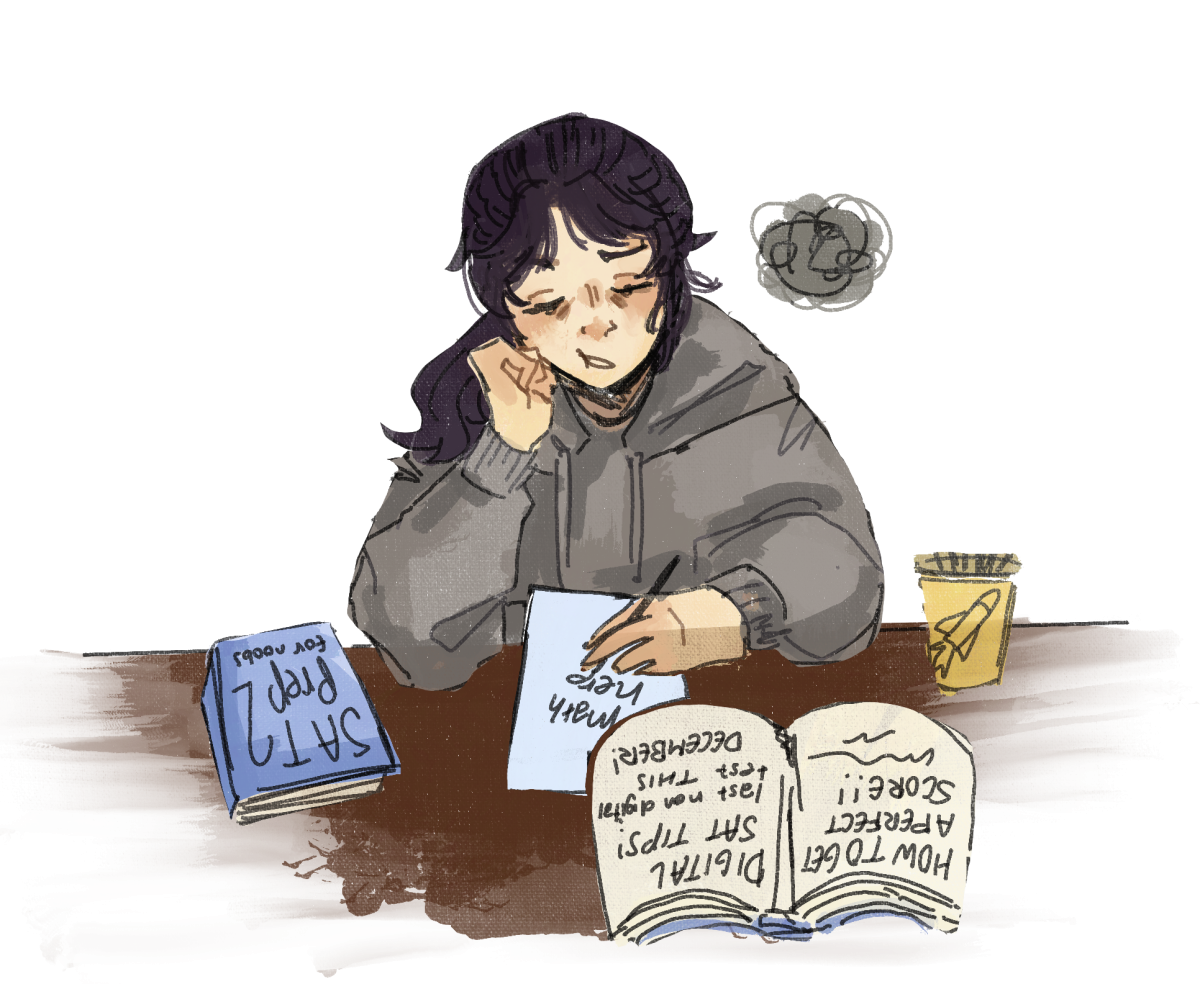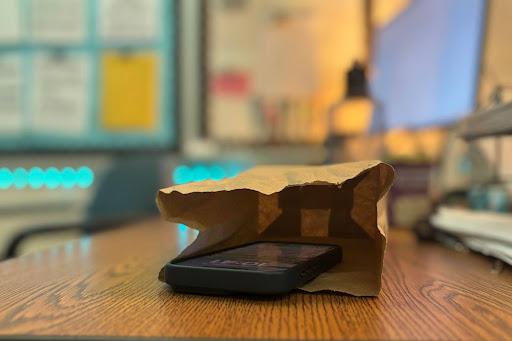A 2.3 magnitude earthquake shook Rockville at 12:51 a.m. on Tuesday, Jan. 2, according to the United States Geological Services. The depth of the earthquake was 9.5 miles, with mild noise and shakiness reported from about 1,400 citizens in Virginia, West Virginia and Pennsylvania, with most reports coming from Maryland and Washington D.C.
The Montgomery County Fire and Rescue Services stated that there were no reported injuries or damages from the earthquake. The epicenter of the earthquake, the location directly above ground from where the earthquake starts, was about 2.2 miles west of Rockville.
Earthquakes, also known as quakes and tremors, are the sudden releases of strain energy in the Earth’s crust, which leads to waves of shaking that radiate outwards. “Typically, earthquakes happen where there’s tectonic plates that are moving relative to one another,” physics teacher Lissa Vincent said.
Earthquakes are recorded using seismographs, which tell how large and impactful the earthquake was. The actual size of the earthquake is called its magnitude. These events are unpredictable as well, and scientists doubt whether they will ever be able to forecast them.
Mrs. Vincent also has a potential explanation for the recent Rockville earthquake. “There’s also places where stress builds up in rocks just because they are moving around a lot, so the local earthquake in Rockville is not specifically a fault but an area in the region where we’ve had earthquakes before,” she said.
While major earthquakes are very uncommon in Maryland, minor ones can occur from time to time. In August of 2011, Maryland faced an earthquake of 5.8 magnitude, which caused more than $3 million in damages. According to the Maryland Geological Survey, on average there is an earthquake in Maryland once every three years.
Nationally, earthquakes are occurring more frequently. The United States Geological Services states that “according to long-term records (since about 1900), we expect about 16 major earthquakes in any given year.”
Earthquakes are one of the many natural disasters that most know about but may not know how to respond when encountering one. The Center for Disease Control suggests for people experiencing an earthquake to drop to the ground and crawl covering their heads and necks to move underneath a nearby table. Additionally, they advise to stay away from windows and hanging objects.
MCPS has established a drill for earthquakes labeled as “drop, cover and hold.” This drill is required to happen once each school year, along with five others, including lockdown, shelter-in-place, severe weather, evacuation and reverse evacuation.
Some RM teachers seem to have mixed opinions on the importance of the earthquake drill. “I don’t think for our specific region that specific drill is super critical, but that is a type of drill that you could use in other situations where something is going on, like if a building were coming down around you,” Mrs. Vincent said.
On the other hand, RM students seem to find this drill to be a necessary component to safety if an earthquake were to strike.
“I think earthquake drills are necessary to participate in because if it happens, we could be seriously hurt from not knowing what to do to stay safe,” sophomore Ellie Futrovsky said.
Futrovsky was at home during the earthquake on Jan. 2. “[I was] doing last minute homework and I remember my house shaking and thinking it was a plane passing by, but then I realized that a plane wouldn’t shake my house like that or make as much noise as that did,” she said. “I checked online the next morning and saw there was an earthquake. That was pretty surprising.”







